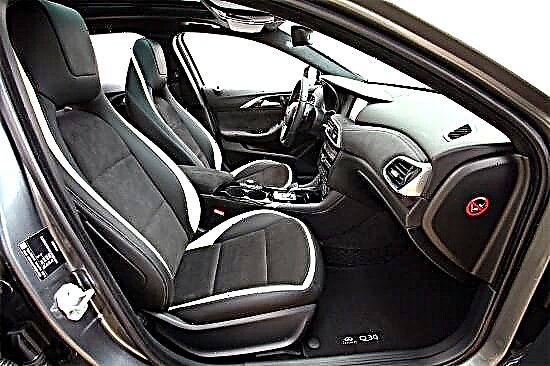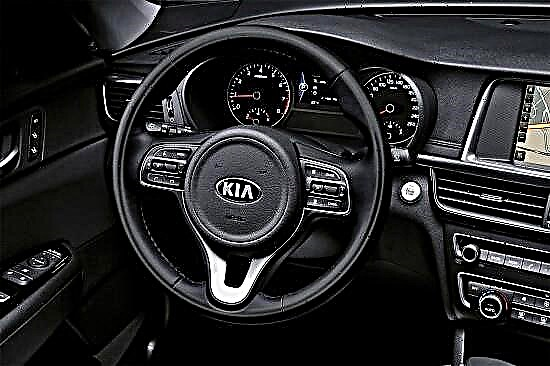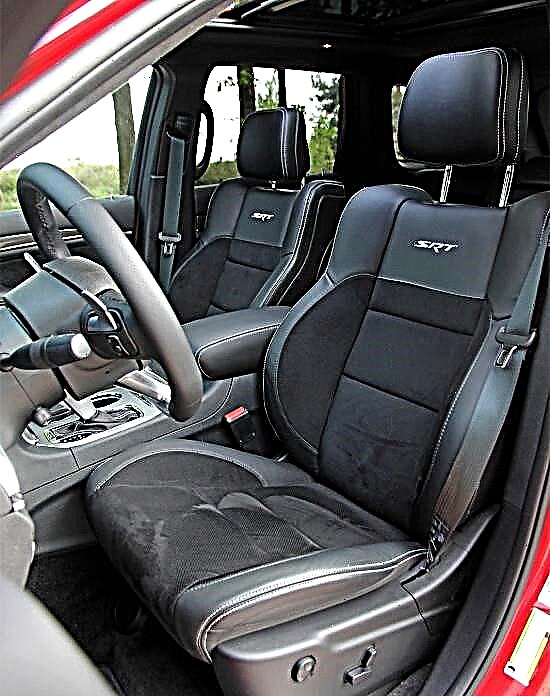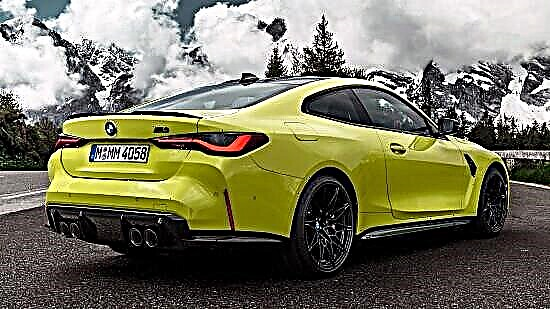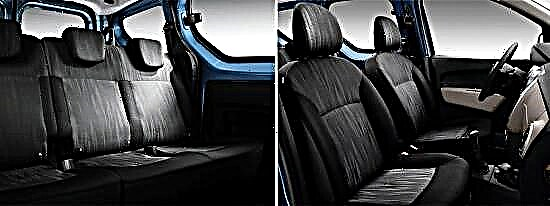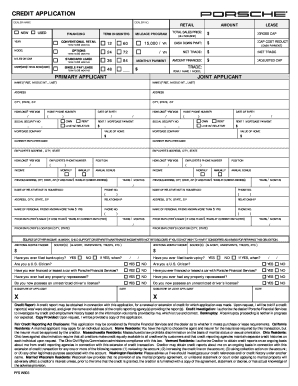The first generation of the Dodge Charger muscle car was first shown to the general public in January 1966 at the annual American Rose Bowl Game, and sales began in the middle of the same year.

Already in 1967, the car underwent a small update, having received a revised design, some changes in the cabin and upgraded engines, but by the end of the year it left the assembly line due to the appearance of a successor.

The original incarnation of the Charger is a two-door fastback muscle car.

The car has the following external body dimensions: its length is 5170 mm, the width is 1930 mm, and the height does not exceed 1351 mm. Between the front and rear axles, the "American" has a clearance of 2970 mm.

For the first generation Dodge Charger, a wide range of gasoline power plants was offered - the car was equipped with atmospheric V-shaped "eights" with a carburetor injection system with a volume of 5.2 to 7 liters, developing from 318 to 415 horsepower.

The engines were installed in combination with a 3- or 4-speed "mechanics" or a 3-band "automatic", which directed the entire flow of traction to the drive wheels of the rear axle.
At the heart of the "Charger" of the original generation is the rear-wheel drive platform "B-body" with a supporting structure. An independent torsion bar suspension is used on the front axle of the oil car, and a continuous axle is installed at the rear, suspended by means of semi-elliptical springs.
Steering "American" implies the presence of a mechanism of the "worm" type and a hydraulic booster, and its brake complex combines drum devices on each of the four wheels (without any electronic "gadgets").
On Russian roads, the first "release" of the Dodge Charger is quite rare, which is why it is a real exclusive in our country.
The advantages of the car are considered to be a powerful appearance, a classic interior, efficient engines, good dynamic performance and ample room for improvements.
But the oil car also has disadvantages - poor handling, high fuel consumption, poor lighting, expensive maintenance and the need to order spare parts from the United States.

